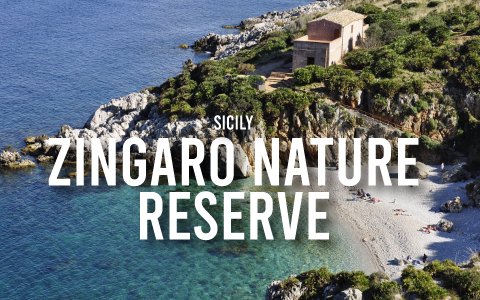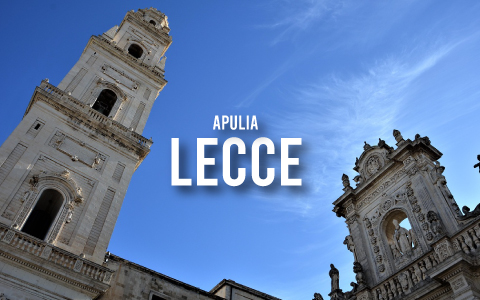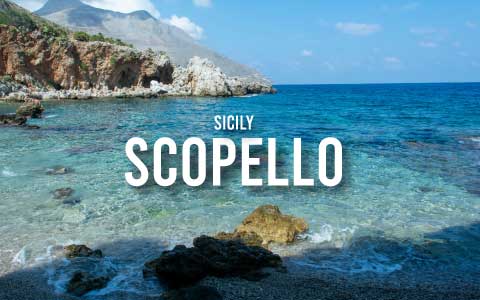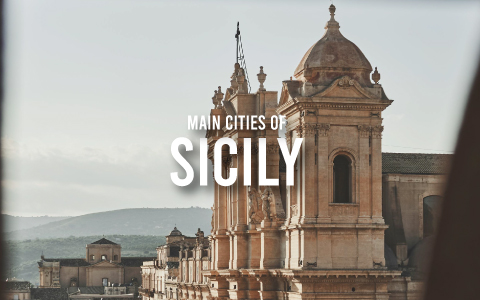
The Zingaro Nature Reserve in Sicily, an enchanting Natural Paradise
From the bustling cities of Palermo and Catania to the dramatic slopes of Mount Etna, Europe’s highest and most active volcano. Travelers flock to Sicily for its sun-drenched beaches, delicious cuisine, and historical sites like the Valley of the Temples in Agrigento. Among its many natural wonders, a visit to the Zingaro Nature Reserve stands out as an unforgettable experience for those seeking pristine landscapes and unspoiled beauty.
What is the Zingaro Nature Reserve?
The Zingaro Nature Reserve (Riserva Naturale Orientata dello Zingaro) is a protected area on the northwestern coast of Sicily, near the towns of Castellammare del Golfo and San Vito Lo Capo. Established in 1981, it was Sicily’s first nature reserve, created to preserve the region’s unique biodiversity and stunning landscapes from industrial development and the building of a coastal highway through the area. Today, Zingaro is a haven for wildlife and a sanctuary for nature lovers. Spanning approximately 7 kilometers of rugged coastline and encompassing over 1,600 hectares of land, it is particularly appreciated for its crystal-clear waters, dramatic cliffs, and diverse flora and fauna.
Main Attractions in the Zingaro Nature Reserve
Let’s now find out together what to see on a trip to the reserve to make the most of the experience.
Beaches of the Zingaro Nature Reserve
Within the Zingaro Nature Reserve there are several enchanting beaches.
Cala Tonnarella dell’Uzzo is the largest and most famous beach, characterized by white pebbles and crystal clear waters, and is the ideal starting point for exploring the reserve.
Cala dell’Uzzo, on the other hand, is a smaller but equally fascinating cove that is home to a cave that dates back to the Upper Paleolithic.
Another popular beach is Cala Capreria, easily accessible and with unforgettable views.
Cala Berretta, Cala della Disa, Cala del Varo, Cala Grottazza and Cala Mazzo di Sciacca are less frequented beaches, perfect for those seeking a bit of tranquility.
If you like snorkeling, Cala Marinella offers depths rich in life and a small pebble beach.
Museums
The reserve is also home to a number of museums, ideal if you want to find out more about the history and biodiversity of the reserve.
For example, the Nature Museum brings together a rich collection of naturalistic exhibits, while the Museum of Peasant Civilization illustrates traditional grain processing and peasant life. In contrast, the Maritime Activities Museum focuses on ancient activities related to the sea.
Very interesting is the Weaving Museum, which displays objects made from dwarf palm, an ancient local art, while the Manna Museum explains the production of manna. You probably already know about manna, as it is mentioned in the Bible as the miracle food that sustained the Jews during the exodus. It is a sugary substance that locals extract from certain species of ash tree, it is white or amber in color, has a honey-like consistency and a sweet taste. Manna has several beneficial properties and its production has long been an important economic activity in Sicily.
Trekking Paths
Within the reserve you can swim, snorkel, relax, birdwatch, and, most importantly, hike.
The easiest and most scenic route is the Coastal Trail, which follows the coast and allows you to reach several coves. The Mid-Coast Trail is more challenging, but offers spectacular views of the reserve’s interior. In contrast, the High Trail is suitable only for experienced hikers.
Other Interesting Places to Visit
When you are in the Reserve take time to go see the Faraglioni of Scopello, a group of stacks that emerge from the sea and create a unique landscape. Also visit the Tonnarella dell’Uzzo, an ancient tuna fishery now transformed into an open-air museum. Finally, there is Borgo Cusenza, a quaint little hamlet surrounded by nature.
How to Get There
The Zingaro Nature Reserve is located at about a 1.5-hour drive from Palermo and 1 hour from Trapani, making it accessible for day trips.
If you arrive by car, the reserve has two entrances; the southern entrance near Scopello and the northern entrance near San Vito Lo Capo. Both offer parking facilities.
Renting a car is the most convenient way to reach Zingaro, especially if you plan to explore nearby attractions. However, for a unique perspective, consider joining a boat tour. These often include stops at Zingaro’s hidden coves and provide opportunities for snorkeling and swimming.
The best times to visit this Nature Reserve are spring and fall, when the weather is nice and temperatures are pleasant.



